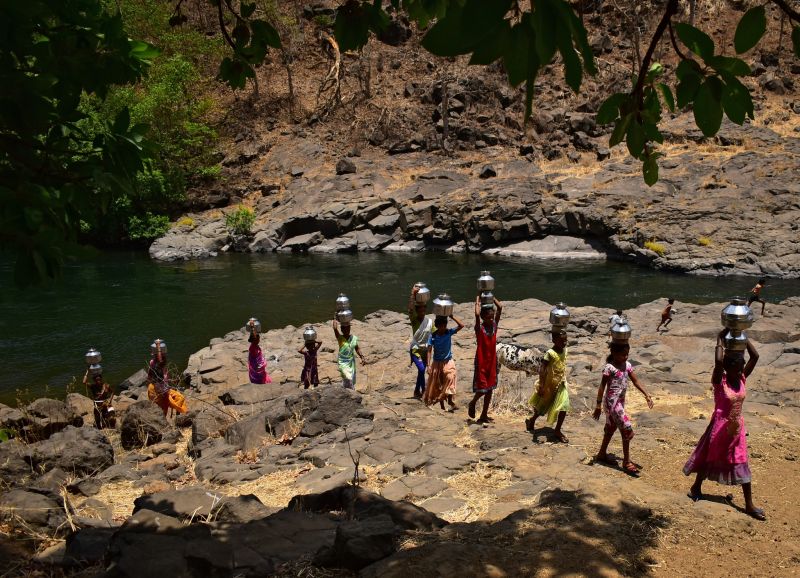Most Towns in Telangana Have No Water Crisis

Hyderabad: The state government is ensuring that people get adequate drinking water by implementing the summer action plan that it had drafted earlier to address any shortfall during the summer.
Out of 142 towns in the state, including 130 municipalities and 12 municipal corporations, only 10 municipalities and two corporations (Khammam and Karimnagar) face moderate water shortage and the government is exploring alternative measures to quickly address the issue.
Official sources said Chief Minister A.Revanth Reddy was regularly monitoring the drinking water situation and issuing directions to officials on measures to overcome any shortage. With reports of severe heat conditions until June, concerted efforts are being made to ensure uninterrupted supply of drinking water to all villages and towns.
Chief Secretary A. Santhi Kumari has been reviewing the drinking water situation on a daily basis. Any complaints or reports regarding water shortage are promptly addressed, sources said. Ten senior IAS officers have been designated as special officers to oversee the implementation of the action plan
While 130 towns experience no shortage in drinking water supply, even those with a slight decrease (less than ten percent) are ensured adequate water for residents' needs.
The average daily drinking water requirement stands at 1,398.05 million litres a day (MLD), with the supply at 1,371 MLD, indicating a shortfall of 26.31 MLD.
In towns where the requirement is below 100 LPCD (litres per capita per day), the government is identifying and supplying alternative sources suitable for the summer season.
Through Mission Bhagiratha, water is supplied to 23,839 habitations in rural areas, ensuring a supply of 100 LPCD to all villages.
Standby pumps, grid pumps, and urgent works at the district level are facilitated with a total allocation of Rs 100 crore. Additionally, each constituency has been granted flexibility in utilising funds from the 15th Finance Commission.
Officials of municipalities and municipal corporations were asked to utilise the nearest water sources in both urban and rural areas. The drinking water problem stems from reduced rainfall since October and declining water levels in the projects in Godavari and Krishna basins.
The government is exploring options to augment water supply to Nalgonda and Khammam towns through alternative reservoirs and arrangements. In addition to 294 government tankers, 97 additional tankers have been deployed across 131 towns to ensure uninterrupted water supply during emergencies. By implementing these measures, the government aims to effectively manage and alleviate any challenges related to drinking water.

